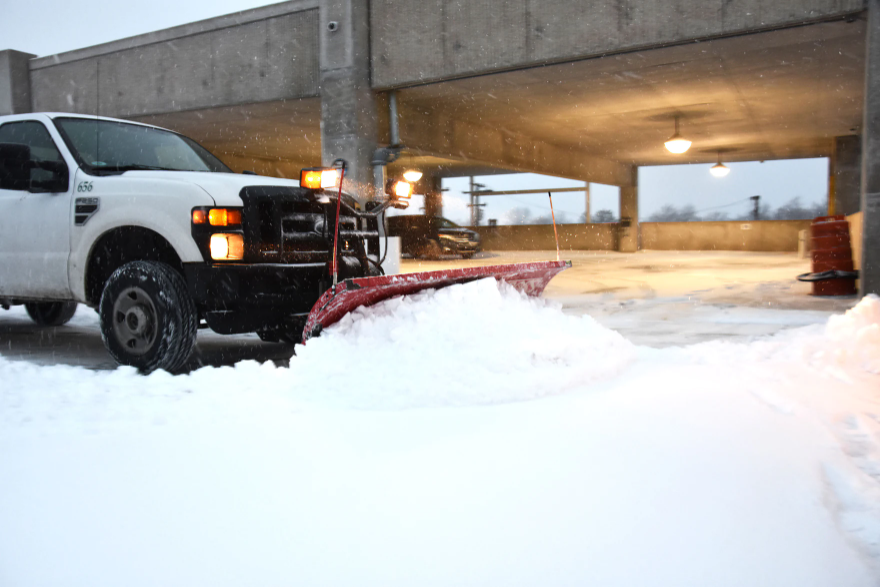Photo Source SIMA
TOTAL LANDSCAPE CARE, March 7, 2023
By Lindsey Getz
With some late winter storms still popping up in parts of the country, March really has come in like a lion. That was certainly evident in the Milwaukee area where some very heavy snow likely played a role in the partial collapse of a parking structure in a shopping center. It is believed that the way in which snow was piled by snow removal crews likely contributed to that collapse.
Parking garages are notoriously one of the more difficult sites for snow cleanup. They often involve tight spaces and require cautious maneuvering. But the best practice for snow removal in parking garages is to remove it, not displace it, says Phill Sexton, founder and managing director of WIT Advisers, Inc., and chief knowledge officer for the Snow & Ice Management Association (SIMA). Whereas snow can simply be moved to a different location in a parking lot, in a parking garage the potential for piling too much weight in one spot can be a detrimental mistake.
It is surmised this is what occurred in Milwaukee. In fact, the Milwaukee Journal Sentinel estimated that the weight of the piled snow could have been as much as 100,000 pounds—other reports say possibly more. The snow was piled near the center of the garage’s top deck. Miraculously, no one was hurt.
Sexton says that late winter snow tends to be very wet and therefore very heavy. He calls the wet mix snow that tends to fall around this time of year, “concrete” and adds that it weighs substantially more than powdery snow. It’s important for snow removal professionals to keep the weight of the snow in mind.
Unfortunately, situations like this have happened before. In fact, Sexton says that his company was awarded a snow removal contract a year after a parking garage collapse. In 2007, snow pileup resulted in the partial collapse of a garage structure at the Poughkeepsie Galleria Mall in New York. Six cars were underneath the fallen section, but nobody was in them at the time. Fortunately, nobody was injured in that case, either.
“That was a similar situation in which all of the snow was piled to one area,” Sexton recalls.
Best practices in parking garages

Photo Source: SIMA
When working in parking garages, Sexton says that snow should be removed using a snow chute where it can then be moved to another location—or hauled off the property. The proper use of a snow chute is important as dumping snow over the sides or top of a parking structure creates risk, too. Dumping snow from a garage deck can cause potential harm to pedestrians and other nearby structures so it’s critical that care is taken.
Sexton says that even if snow is being temporarily moved within a structure (with the plan to remove it entirely), those temporary locations need to be carefully considered.
“Snow in a temporary location can still cause a collapse and needs to be equally distributed in smaller piles,” he advises. “When creating the snow removal plan, there should be reference to the engineering plan as to where snow can be relocated, even temporarily. A roof deck structure can only handle so much weight per square foot and that must be kept in mind.”
Certain areas of the roof, like near an exit ramp, might also be weaker points and be able to handle even less weight, adds Sexton. Again, it comes back to referencing the engineering plan.
“Another consideration is chloride-based deicers,” continues Sexton. “Over time, these can weaken the reinforcing metals within a structure and should therefore not be used. If you look carefully at engineering specs, this is often mentioned.”
Another option is to melt snow using a commercial melting system (if one was installed when the parking garage was built). These systems typically involve shoveling snow into them and are tied to a drainage system—but many structures do not have such a system.
No matter how snow is tackled, the key is to take great care and have a carefully derived plan, says Sexton. Mistakes can be catastrophic, especially if it contributes to a structural failure.


Recent Comments